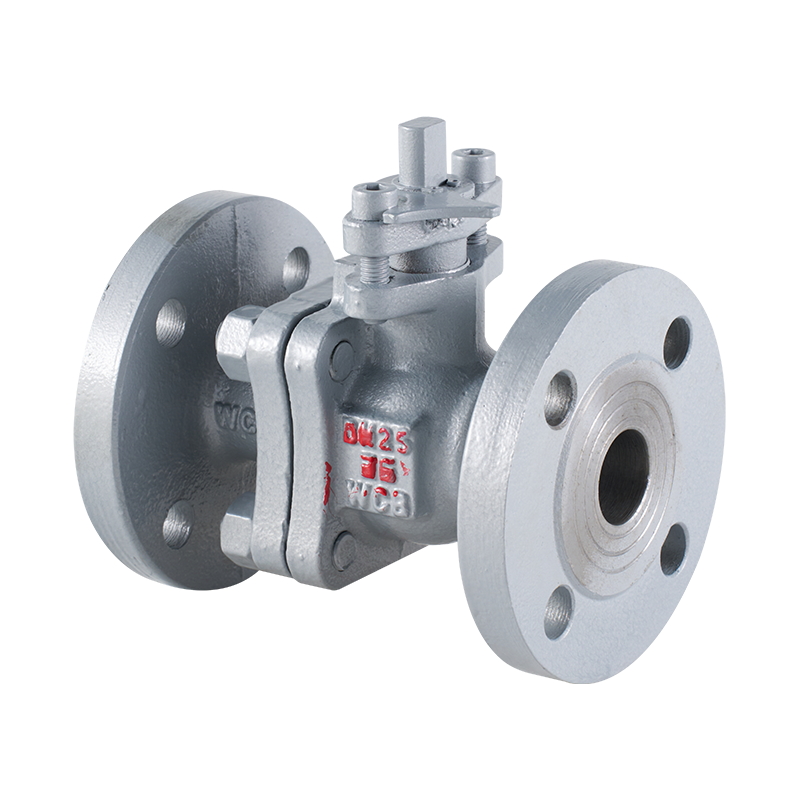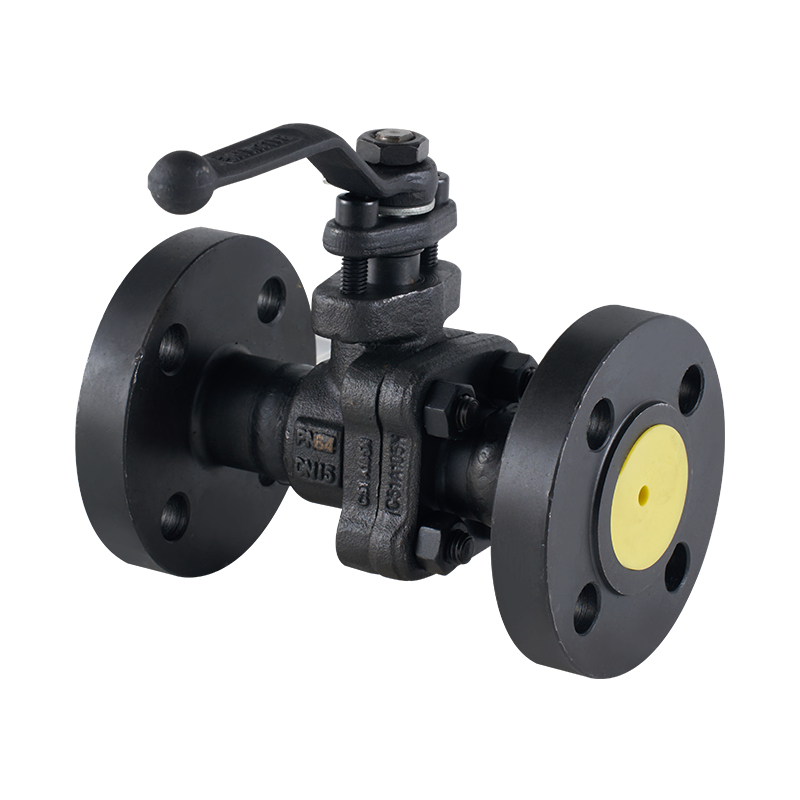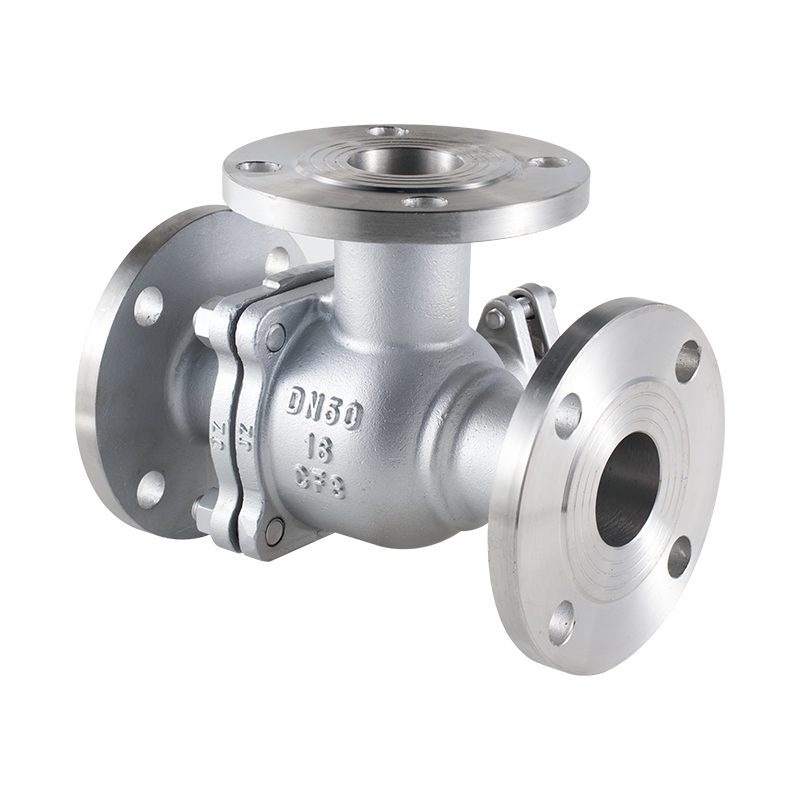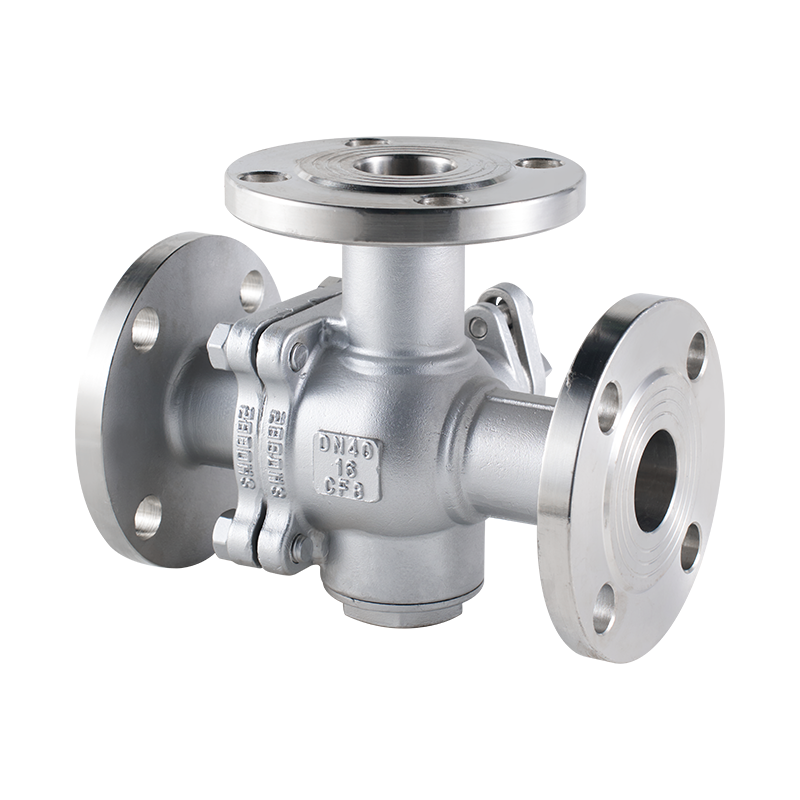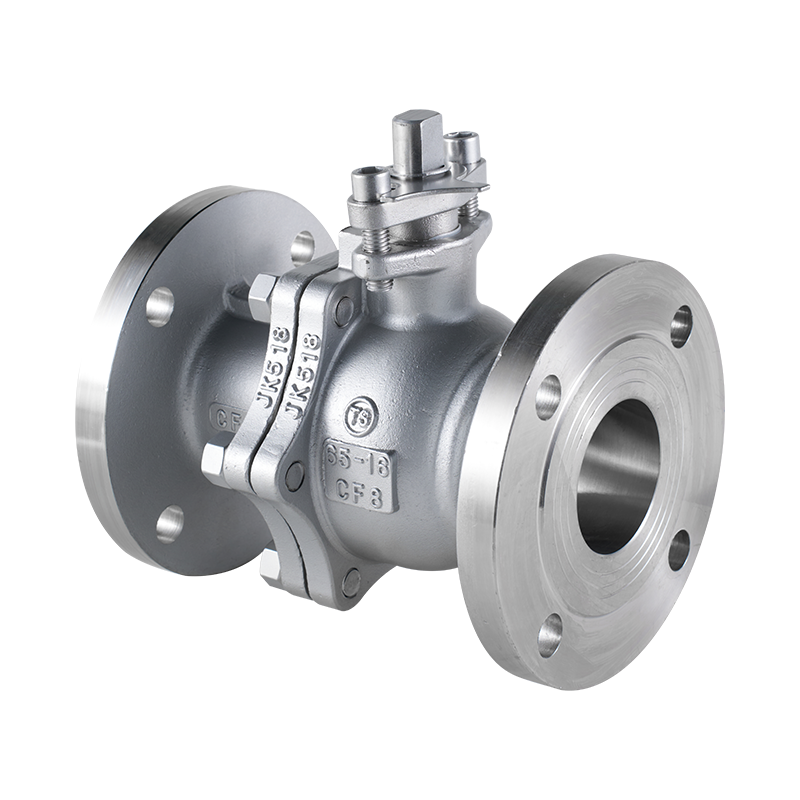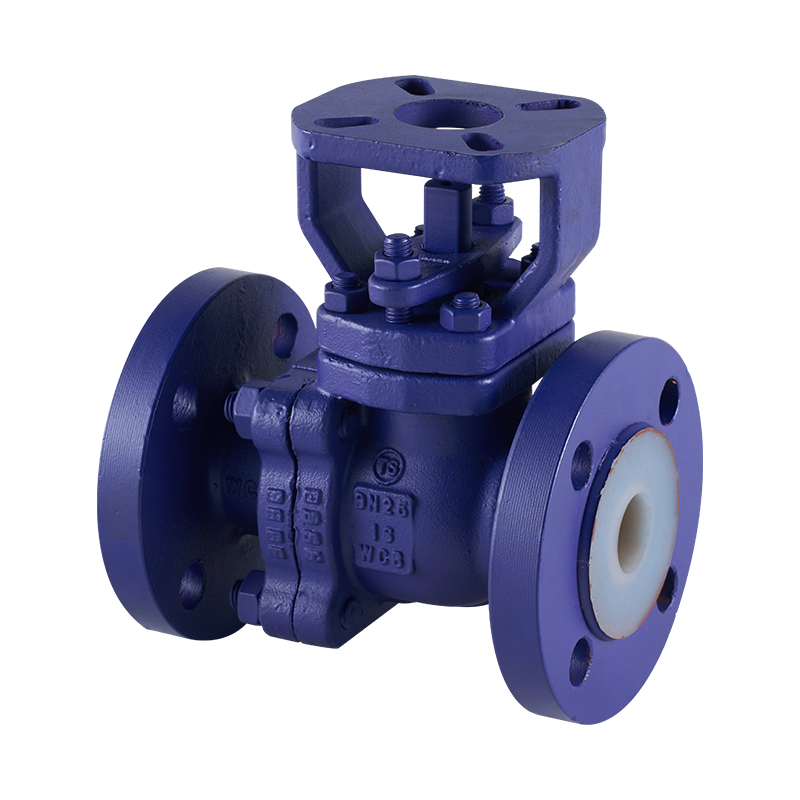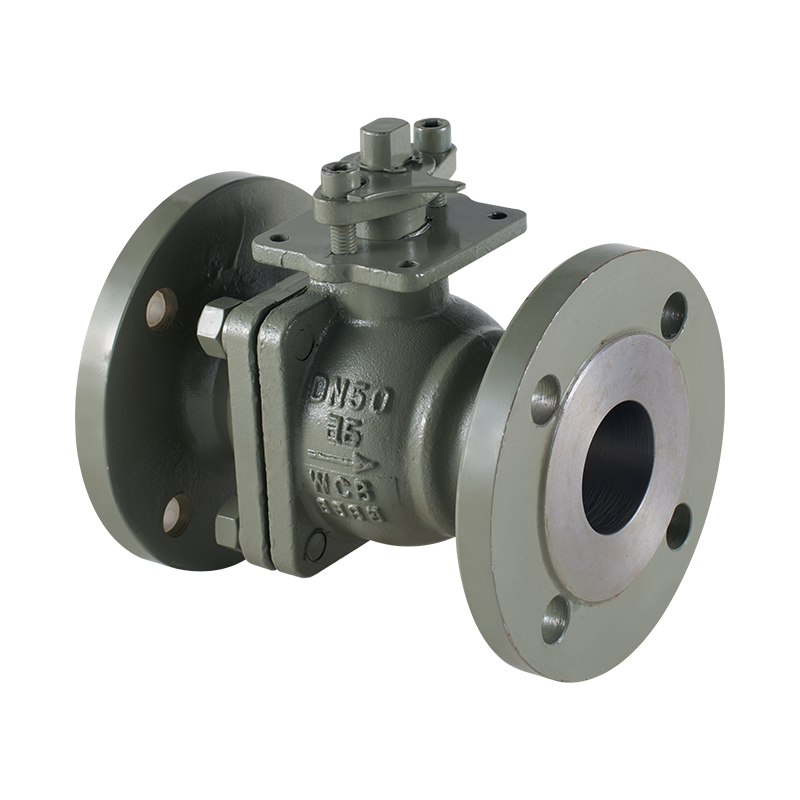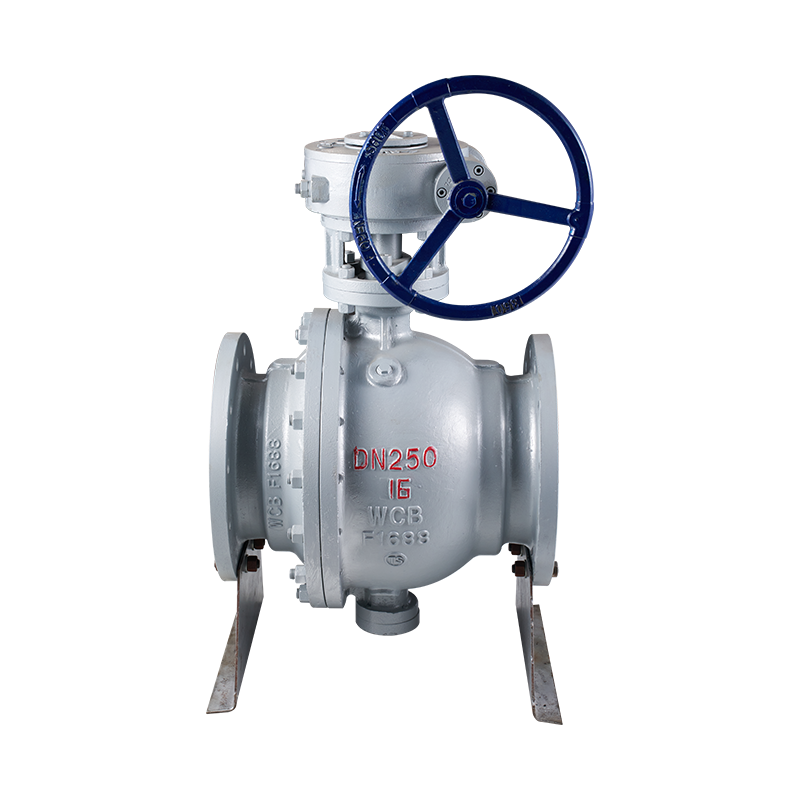The Flange Right Angle T Strainer is designed to filter out debris and particles from the pipeline while flow restrictions. Its distinctive "T" shape and flange connections make it a popular choice for various industrial applications, including water, oil, gas, and chemical processing systems.
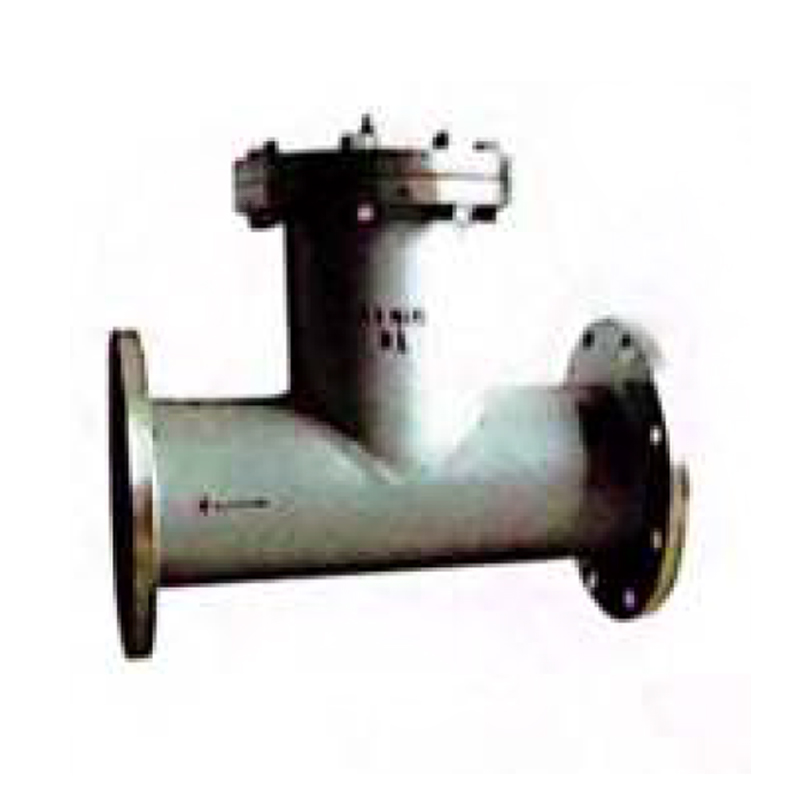
Sealing is a critical aspect of the Flange Right Angle T Strainer's performance. When installed, the strainers are subjected to different fluid pressures, and maintaining a leak-proof seal ensures operation and prevents fluid leakage, which could cause environmental damage or safety hazards. In a Flange Right Angle T Strainer, the sealing is achieved through the use of high-quality gasket materials placed between the flanges. These gaskets ensure that when the strainer is connected to the pipeline, there is a reliable and tight seal around the flange connections.
Common materials for gaskets include rubber, PTFE, and graphite, each chosen based on the operating conditions such as temperature, pressure, and the nature of the fluid being filtered. For example, PTFE gaskets offer high chemical resistance, making them ideal for corrosive fluids, while rubber gaskets may be used in applications where flexibility and compression are needed. The Flange Right Angle T Strainer also includes a cover that encloses the filter element, and this cover is typically sealed with a metal-to-metal or soft gasket seal depending on the level of pressure the system is operating under.
Proper sealing not only ensures that no leaks occur but also minimizes the risk of contaminants bypassing the strainer. A well-sealed Flange Right Angle T Strainer maximizes the filtration efficiency, protecting downstream equipment and maintenance costs.
The Y-Type Water Strainer is an essential component in many water filtration systems, providing an efficient and cost-effective solution for removing debris and sediment from water lines. Its name comes from its shape, which resembles the letter “Y,” with the strainer positioned at the junction where water flows through the inlet, filtering contaminants before the flow continues through the outlet. But is the Y-Type Water Strainer worth buying for your water filtration needs? Let's dive into its advantages and some factors to consider.
Advantages of Y-Type Water Strainers:
Cost-Effective Filtration Solution
One of the attractive features of the Y-Type Water Strainer is its affordability. Compared to more complex filtration systems, Y-type strainers offer a simple design with minimal maintenance, making them a great choice for budget-conscious projects. These strainers are especially effective in low-to-medium flow applications where filtration is necessary, but a high-end solution is not required.
Ease of Maintenance
The Y-Type Water Strainer is designed with ease of maintenance in mind. The filter element can be easily cleaned or replaced without disassembling the entire unit. This reduces the time and effort required for regular maintenance, making it ideal for systems that require frequent servicing.
Compact and Space-Saving
Another advantage of the Y-Type Water Strainer is its compact design, which makes it ideal for applications with limited space. Whether installed in residential, commercial, or industrial systems, the Y-type strainer can fit into tight spaces without compromising on performance.
Durable and Reliable
Typically made from stainless steel or cast iron, the Y-Type Water Strainer offers durability and resistance to corrosion. This makes it a suitable choice for systems handling a variety of water qualities, from potable water to industrial wastewater. Its rugged construction ensures longevity, even in challenging environments.

 English
English 中文简体
中文简体


